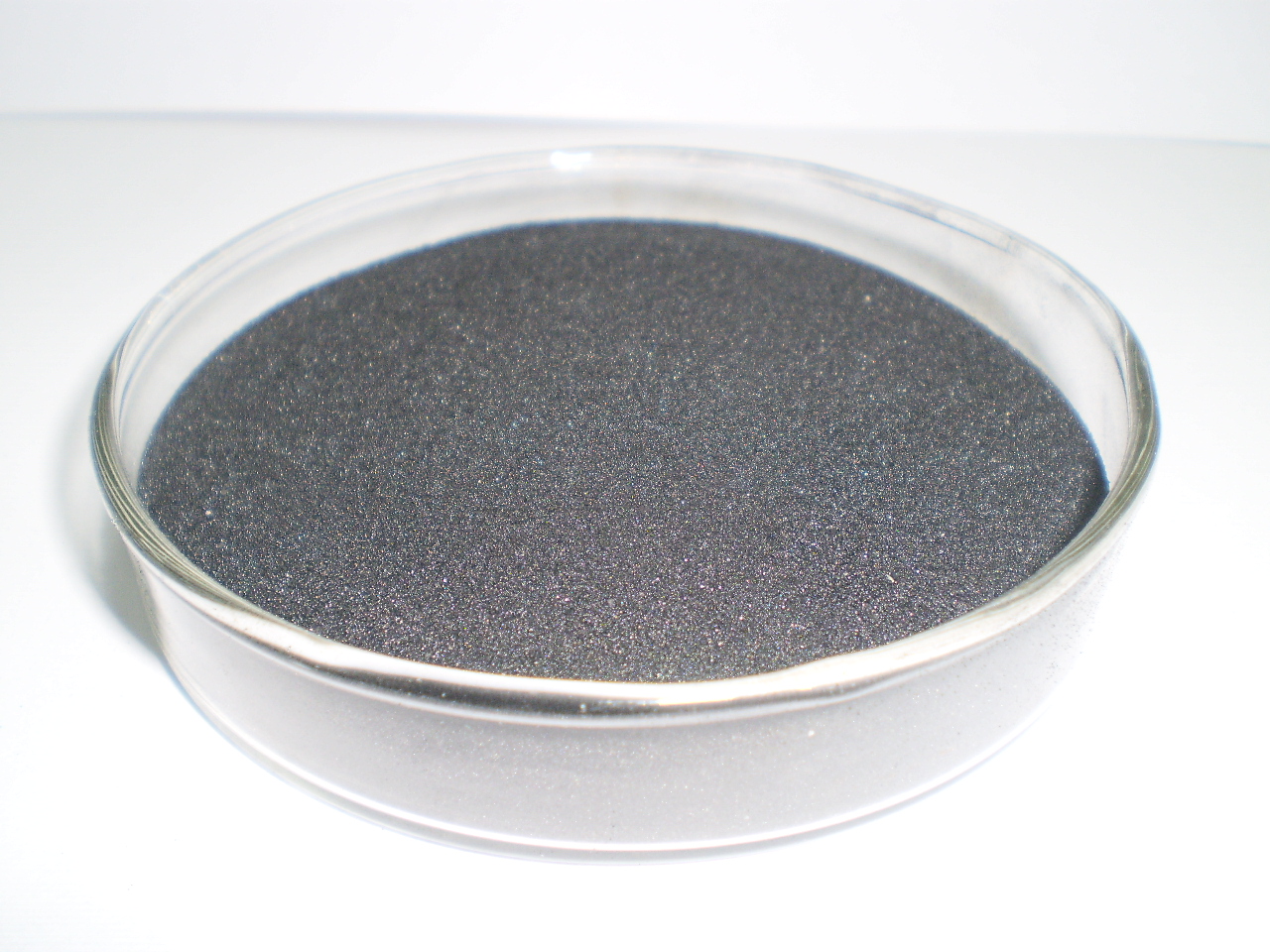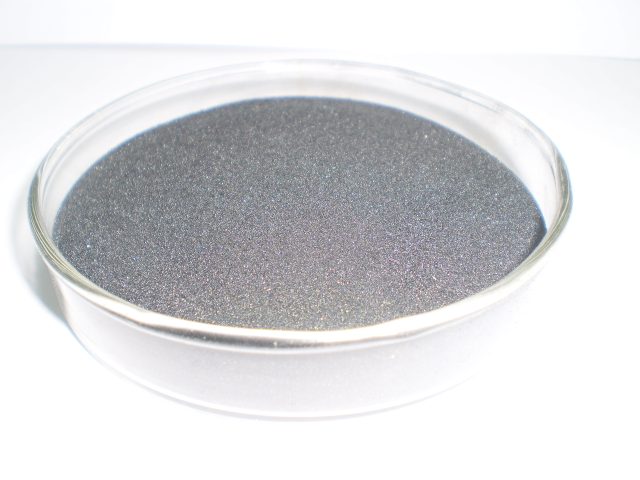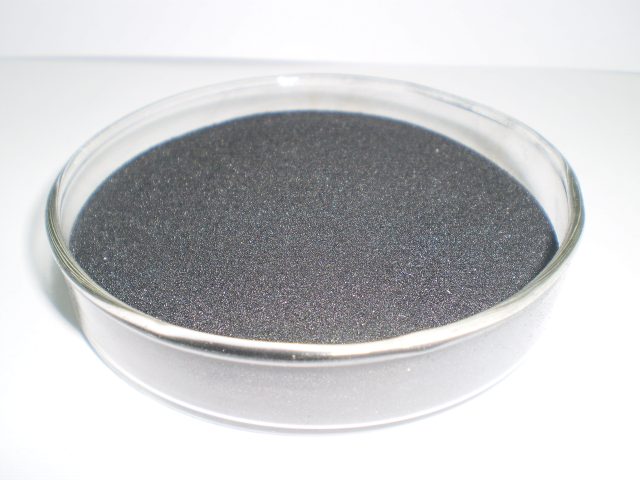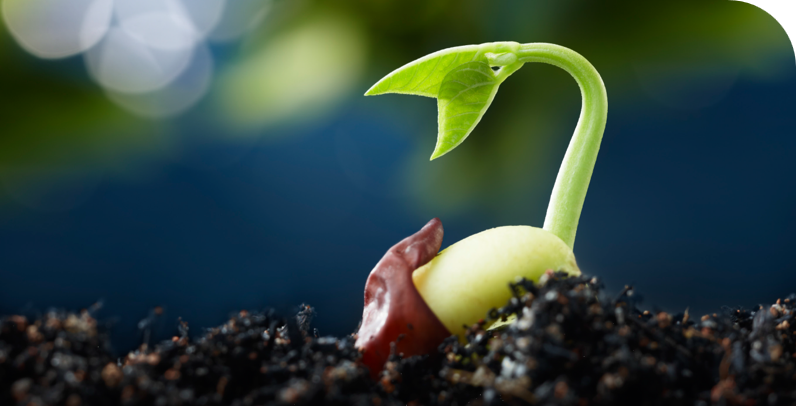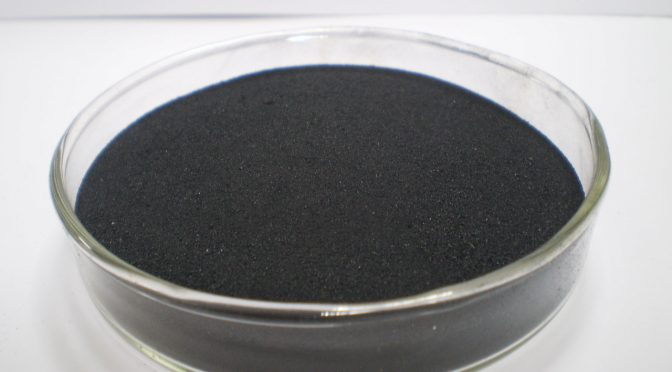For many years of planting experience, it is necessary to use chemical fertilizers. Most of them use chemical fertilizers or livestock feces at home. However, people around them are increasingly talking about humic acid. What is humic acid? What are the benefits?
Humic acid refers to natural macromolecular organic matter formed by microbial decomposition and transformation and geochemical processes of organic matter such as animal and plant residues. It is extracted from peat, lignite and weathered coal and is an excellent organic matter. It comes from the soil and at the same time benefits the soil. It is worth noting that the organic matter is not necessarily humic acid, but humic acid must be the best organic matter.
Humic acid can promote the formation of soil aggregate structure, regulate soil pH, regulate soil water, fertilizer, gas and heat, increase soil exchange capacity, achieve acid-base balance, improve soil water and fertilizer retention capacity, and promote soil microbial activities. The number of aerobic bacteria, actinomycetes, and cellulolytic bacteria increases, accelerates the decomposition and conversion of organic matter, activates the soil, and releases large and medium-sized micronutrients adsorbed by colloids, which is beneficial to the roots of crops.
Humic Acid Structure and function
Humic acid contains a carboxyl group, a phenolic hydroxyl group and the like, and has strong ion exchange and adsorption ability. It can reduce the loss of ammonium nitrogen and increase the utilization rate of nitrogen fertilizer. According to statistics, the nitrogen released by urea and carbonamine can be more than 60 days after complexing with humic acid, which can increase the utilization rate of nitrogen fertilizer by more than 10%.
Inhibits urinary enzyme activity and reduces urea volatilization. Humic acid increases the distance of phosphorus in the soil, inhibits the fixation of water-soluble phosphorus in the soil, and promotes the absorption of phosphorus by roots.
According to statistics, the fertilizer efficiency of phosphate fertilizer can be increased by 5%-10% after the application of humic acid; humic acid The functional group can absorb and store potassium ions, so that the potassium fertilizer can be slowly decomposed, increase the release amount of potassium, increase the content of available potassium, and increase the utilization rate of potassium fertilizer by about 5%.
Humic acid and poorly soluble trace elements can chelate and form humic acid trace element chelate which is well absorbed by crops, which is beneficial to the absorption of trace elements by roots and leaves.
Humic acid contains a variety of active functional genes, which can enhance the activity of catalase and polyphenol oxidase in crops, stimulate physiological metabolism and promote growth and development. For example, humic acid can promote the early germination of seeds, and the emergence rate is high, especially at low temperatures; it can stimulate the division and growth of root meristem cells, so that the seedlings are rooted faster, rooting is more, roots are increased, and roots are elongated. The crops absorb water and have enhanced nutrient capacity.
Therefore, the nutrient supply is sufficient, the crop stems are fast and robust, the foliage is flourishing, the photosynthesis is enhanced, the nutrient is accelerated to the fruiting body, and the fruit is prematurely colored and matured.
Humic acid can reduce the stomata opening strength of plant leaves, reduce leaf transpiration, reduce water consumption, improve the water status of plants, ensure the normal growth and development of crops under drought conditions, and enhance drought resistance.
Humic acid is mostly amphoteric colloid, which has large surface activity and inhibits fungi. It can enhance cold resistance of crops, easily adsorb by cell membrane, change cell membrane permeability, promote absorption of inorganic nutrients, prevent rot disease, root rot, and reduce pests and diseases.
Humic acid can form a chelate with medium and trace elements, increase the amount of trace elements from the roots to the leaves or other parts, regulate the ratio and balance of a large number of elements and medium and trace elements; increase the activity of enzymes, strengthen sugar, starch, The synthesis and operation of protein, fat and various vitamins accelerate the metabolism of various primary products from stems and leaves to fruits and seeds, and promote fruit enlargement and fullness of seeds.
Understand the humic acid, let’s take a look at the fertilizer that has been used for many years.
Chemical fertilizers, as the name suggests, are chemical fertilizers.
In the narrow sense, chemical fertilizers are chemically produced fertilizers. In a broad sense, chemical fertilizers refer to all inorganic fertilizers and slow-acting fertilizers produced industrially. Some people only call nitrogen fertilizers chemical fertilizers. Incomplete fertilizers are the general term for nitrogen, phosphorus, potassium and compound fertilizers.
Fertilizer characteristics
The characteristics of chemical fertilizers are that they are convenient to use, high in content, fast in fertilizer efficiency, easy to volatilize, fixed, and cause nutrient loss.
Shortcomings of fertilizer
- The chemical fertilizer does not contain organic matter and humus. Therefore, a large amount of chemical fertilizer is used. Due to the lack of organic matter and humus, the soil aggregate structure is destroyed, causing soil compaction.
- The utilization rate of chemical fertilizer is low. Because nitrogen fertilizer is volatile and lost, the utilization rate is only 30%-50%, and the utilization rate of phosphate fertilizer is only 10%-25%. Because phosphate chemical activity is active, most of phosphorus and soil are applied after soil application. The cations such as Zn2+, Mg2+, Ca2+, Fe3+, and Al3+ combine to form a poorly soluble phosphate fertilizer. The utilization rate of potassium is only about 50%.
- Long-term single use of chemical fertilizers, the organic matter in the soil is not replenished in time, which will cause the soil fertility decline caused by humus consumption, which shows that the crop immunity is reduced, the infection is easy, and the yield is greatly reduced.
- The use of chemical fertilizers greatly reduces the quality of vegetables and fruits. Because crops need not only NPK, but also many trace elements such as calcium, iron, zinc and selenium, and the general composition of chemical fertilizers is relatively simple, so long-term use of chemical fertilizer will inevitably lead to a single nutrient in the soil, which will easily make the crop malnutrition, thus Leading to the internal transformation and synthesis of crops, it will inevitably lead to the decline of crop quality, the melon is not sweet, and the vegetables are not fragrant.
- The extensive use of chemical fertilizers, the lack of organic matter will inhibit the microbial growth of soil, leading to a decline in the ability of soil to adjust automatically. It will inevitably lead to the death of a large number of beneficial bacteria and earthworms in the soil.
- Long-term inefficient application of chemical fertilizers, resulting in excessive accumulation of certain elements in the soil and changes in soil physical and chemical properties and environmental pollution.
- Long-term application of chemical fertilizers requires a large amount of chemical pesticides to maintain crop growth due to the reduction of plant immunity, which is likely to cause an increase in harmful substances in food.
Scientific research has shown that soil fertility depends to a large extent on the amount of humic acid in the soil. A range of properties of humic acid, such as cation exchange capacity, oxygen content, and ability to retain moisture, are the main reasons why humic acid increases soil fertility and promotes plant growth. Therefore, in agricultural production, humic acid fertilizer is an indispensable helper for crop yield increase.

